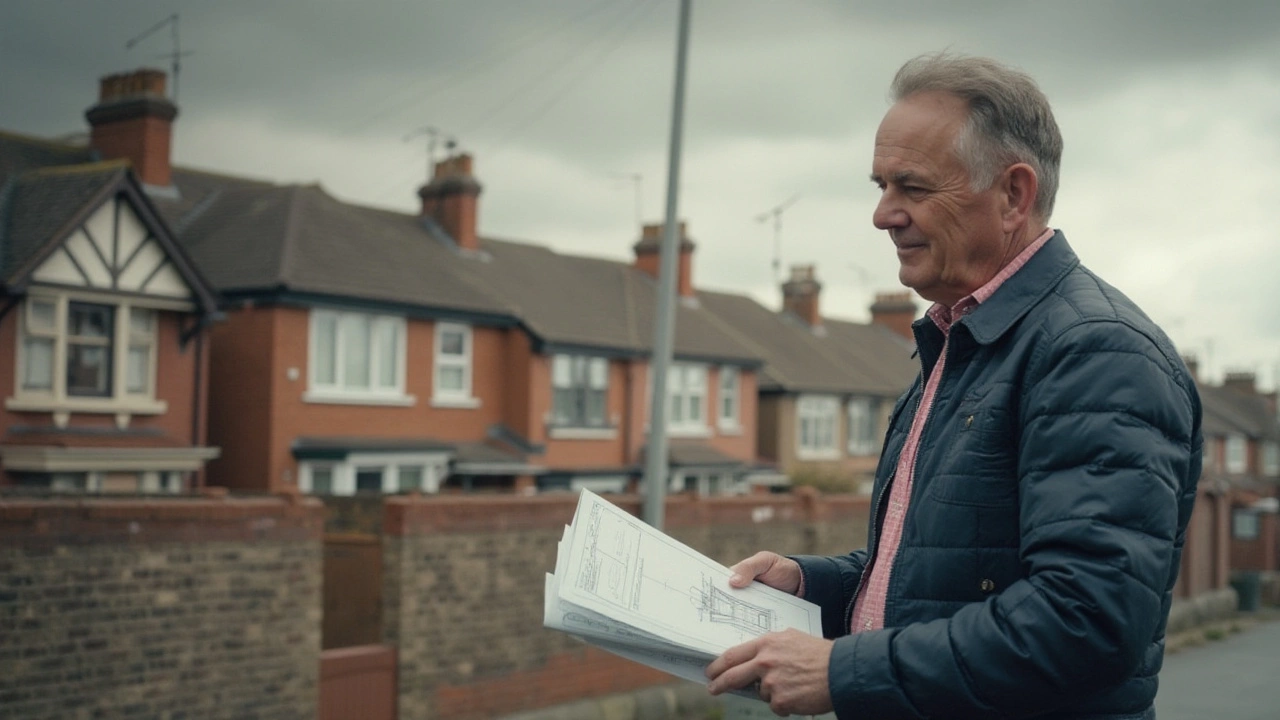Home Safety: Essential Tips for a Secure and Healthy House
Feeling unsure about the safety of your home? You’re not alone. Most homeowners overlook small issues that can become big problems fast. Below you’ll find straight‑forward ways to spot risks, fix them, and keep your house safe for everyone.
Common Risks and How to Spot Them
Every house has hidden dangers. Cracked foundations, for example, can weaken a structure and cause uneven floors. If you see gaps wider than a pencil or hear creaking when you walk, it’s time to call a professional.
Mold is another sneaky threat. Stubborn odor, black spots on walls, or persistent coughing could mean hidden growth. Keep bathrooms and basements dry, and wipe away any water spills right away.
Roof problems often hide until they become expensive repairs. Look for missing shingles, rusted flashing, or water stains on ceilings after a rainstorm. Early detection saves money and prevents leaks that damage interiors.
Old or damaged plumbing can burst, flooding rooms and creating slip hazards. Dripping taps, low water pressure, or strange noises are warning signs. A quick inspection of exposed pipes can catch issues before they explode.
Practical Steps to Boost Safety
Start with a quick visual walk‑through each season. Check walls for new cracks, inspect the roof from the ground, and test all GFCI outlets in kitchens and bathrooms.
Install smoke and carbon‑monoxide detectors on every floor. Test them monthly and replace batteries annually. It’s a small habit that can save lives.
Keep fire extinguishers in the kitchen and garage. Choose a rated ABC type and learn how to use it – the PASS method (Pull, Aim, Squeeze, Sweep) is easy to remember.
Secure heavy furniture and appliances to walls. If a child pulls on a bookshelf, you want it to stay put, not topple over.
Maintain good ventilation. Open windows when using strong cleaners, and run exhaust fans in bathrooms to lower humidity and stop mold growth.
Don’t ignore small water leaks. Even a drip under a sink can rot wood, attract insects, and cause slip hazards. Fix them promptly or call a plumber.
Make sure outdoor lighting works around walkways, driveways, and entry doors. Good lighting deters intruders and helps you see steps at night.
For older homes, consider a professional home safety audit. Inspectors can spot hidden risks like outdated wiring, weak foundations, or unsafe stairs that you might miss.
Finally, keep a list of emergency numbers handy – plumber, electrician, roof specialist – and store it where everyone can see it. When a problem pops up, you won’t waste time looking for help.
By staying alert, doing quick checks, and fixing issues early, you turn a risky house into a safe, comfortable home. Start with one area today, and watch the safety level rise step by step.

